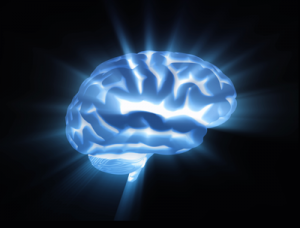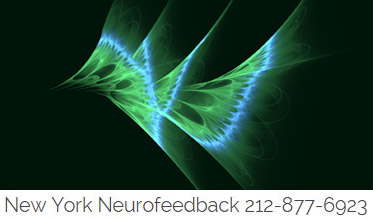-
How NeurOptimal® is Different from Linear Neurofeedback
- Posted on January 31, 2017
- by Catherine Boyer
- in NeurOptimal®, New York Neurofeedback, What to expect
- Comments Off on How NeurOptimal® is Different from Linear Neurofeedback
 The description of neurofeedback provided by Wikipedia is pretty much how I think of linear neurofeedback. Here’s what it says:
The description of neurofeedback provided by Wikipedia is pretty much how I think of linear neurofeedback. Here’s what it says:Neurofeedback (NFB), also called neurotherapy or neurobiofeedback, is a type of biofeedback that uses real-time displays of brain activity—most commonly electroencephalography (EEG), to teach self-regulation of brain function. Typically, sensors are placed on the scalp to measure activity, with measurements displayed using video displays or sound.
Neurofeedback is a type of biofeedback that measures brain waves to produce a signal that can be used as feedback to teach self-regulation of brain function. Neurofeedback is commonly provided using video or sound, with positive feedback for desired brain activity and negative feedback for brain activity that is undesirable.
A linear neurofeedback trainer diagnoses and then makes a determination about what an individual’s brain needs in order to bring about desired change. The trainer chooses protocols designed for those changes. There is potential for positive results; but because the protocols used with traditional neurofeedback are trainer determined, and because there is so much difference between individuals, there is going to also be the potential for side effects. Trainers use reports of side effects to tailor the protocols.
How NeurOptimal® is Different from Traditional Neurofeedback
Here is the paradigm shift between NeurOptimal® Dynamical Neurofeedback® and linear neurofeedback.
NeurOptimal® does not train (reward) the brain for going in a protocol-based direction. Instead the NeurOptimal® system is reading the EEG 256 times per second and detecting the changes in the rate of change in the EEG that signal that a shift in the brain’s dynamic flow has just happened.
Every time a shift happens — hundreds and hundreds of times across sessions — the NeurOptimal® system minutely interrupts a sound stream (music). There is also a change to a graphic, but the audio feedback is primary. This change in the environment evokes a response in the brain. This is true for all changes in the environment – it’s called an orienting response. The brain alerts (orients) to what is happening in the moment and is therefore able to see the state change it is in the process of making and assess the change. It gets to look immediately at whether it is a useful shift or not.
The brain learns, typically quite quickly. from these opportunities to observe itself in action,
 and it uses that learning to do what it does masterfully: Take in information and use it to optimize itself. Good choices can be retained and choices that are not good can drop away.
and it uses that learning to do what it does masterfully: Take in information and use it to optimize itself. Good choices can be retained and choices that are not good can drop away.And, because the individual brain makes changes in the order and at the pace that is right for each individual, NeurOptimal® is very safe and virtually side effect free.
Read more on the NeurOptimal® website about other differences between NeurOptimal® and neurofeedback. There’s a chart that you may find helpful. And please comment here on the blog or email with questions.
Catherine Boyer, MA, LCSW-R
New York Neurofeedback
If you enjoyed this article please consider sharing it!





